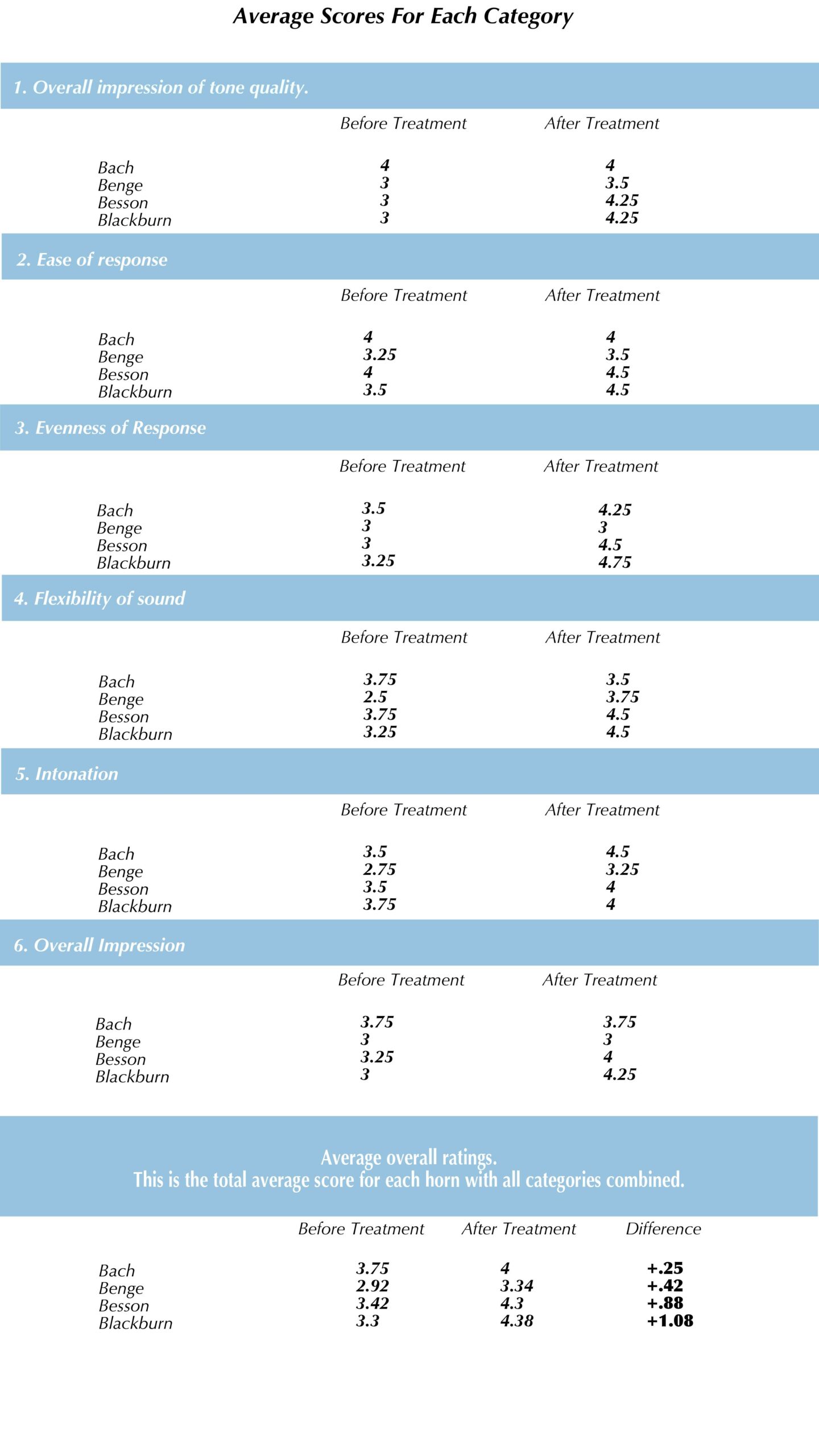Automotive & Racing

Cryogenic Treatment in Transportation and Racing
The uses for Deep Cryogenic Treatment of engine parts and in the transportation field are innumerable, as has been proven time and again both in the racing industry and on fleet vehicles. It’s well known that over 80% of mechanical failures are caused by fatigue. Using cryogenic treatment of engine parts excels at increasing fatigue life of components, ensuring they perform longer or endure increased stress created by racing or day to day use.
Benefits of Treated Parts
When left untreated, a component can change in size and dimension. These changes are due to heat, vibration, or age. These factors induce the release of residual stresses and changes to the crystal structure, which in turn, can create warping and size change. You may find warped brake rotors, distorted pistons, and warped engine blocks appear over time.
Treated valve springs can show a 700% increase over their normal service life, while components that wear by friction also show considerable life increases. In fact, laboratory tests initiated by the U.S. Postal Service showed that cryogenic treatment of brake rotors resulted in parts that lasted over five times longer than the best untreated rotors. Virtually any part of an engine, transmission, or drive train can benefit from our cryogenic treatment of engine parts. Increased life translates to lower costs in racing and fleets.

Our Experience
CTP has been part of numerous case studies that look into the effects of cryogenic treatment of engine parts. Learn more about the cryogenic treatment of brake parts, and how low temperature boosts performance from our own experts.
Whatever your motorsports pleasure, cryogenic processing can help you win more for less money. Contact us today to see what Controlled Thermal Processing can do for you.
Discover the Proven Benefits of Cryogenic Treatment

Remove stresses created during the manufacturing & machining process

Improve the cutting properties of tool steels like HSS and Carbide

Improve wear performance by upwards of 1,100%

